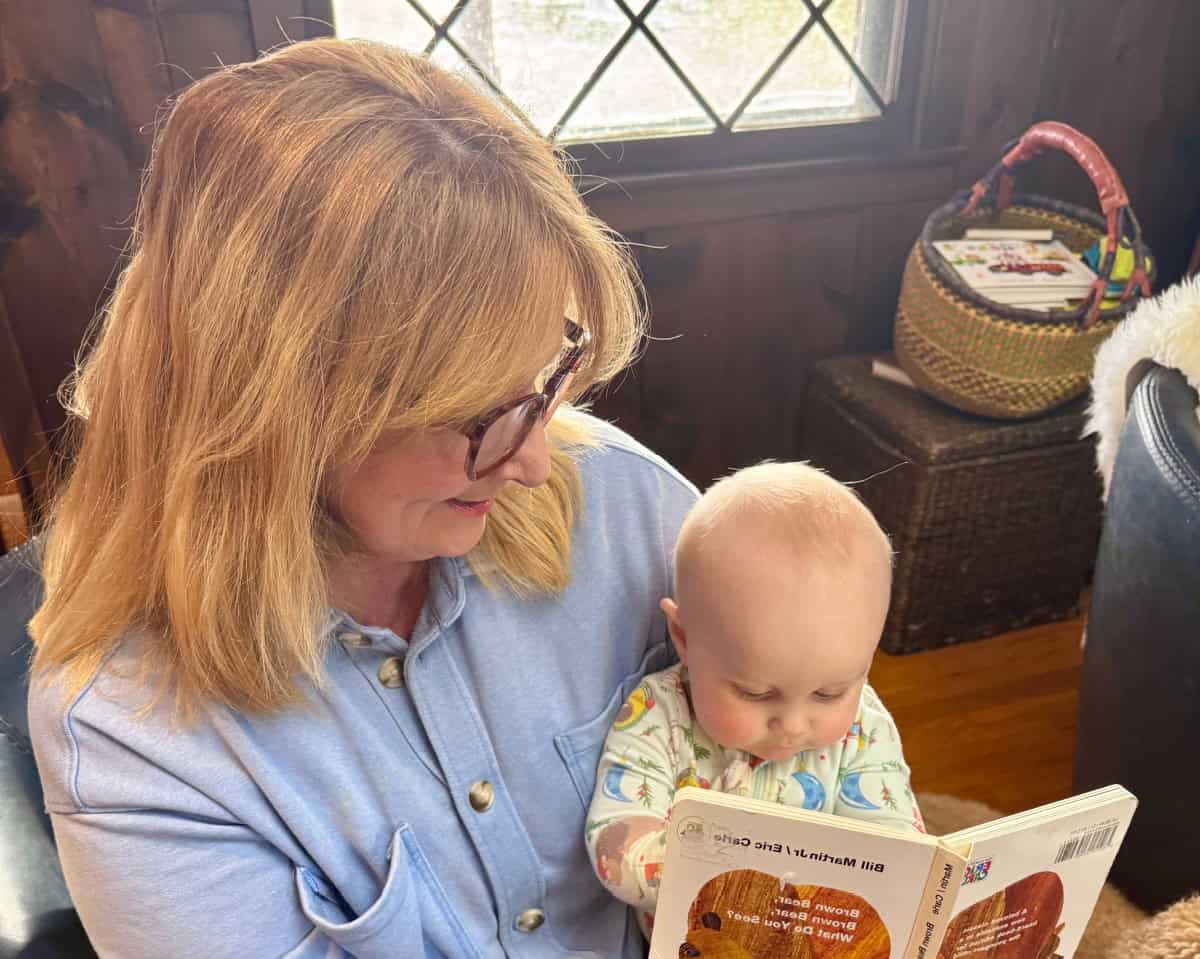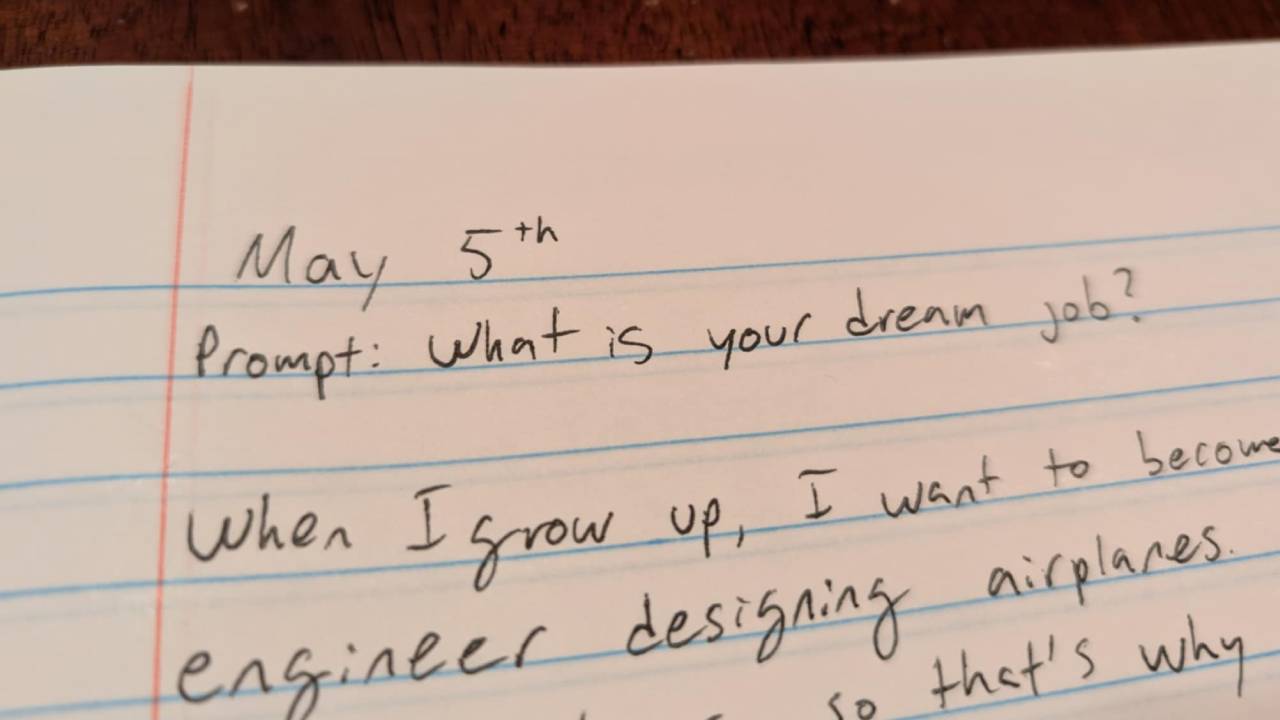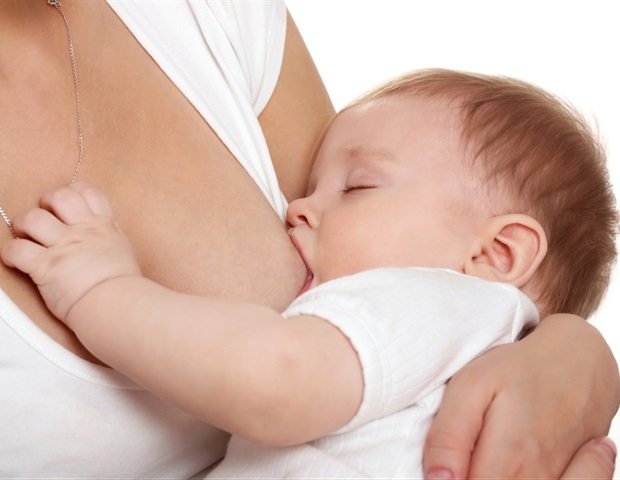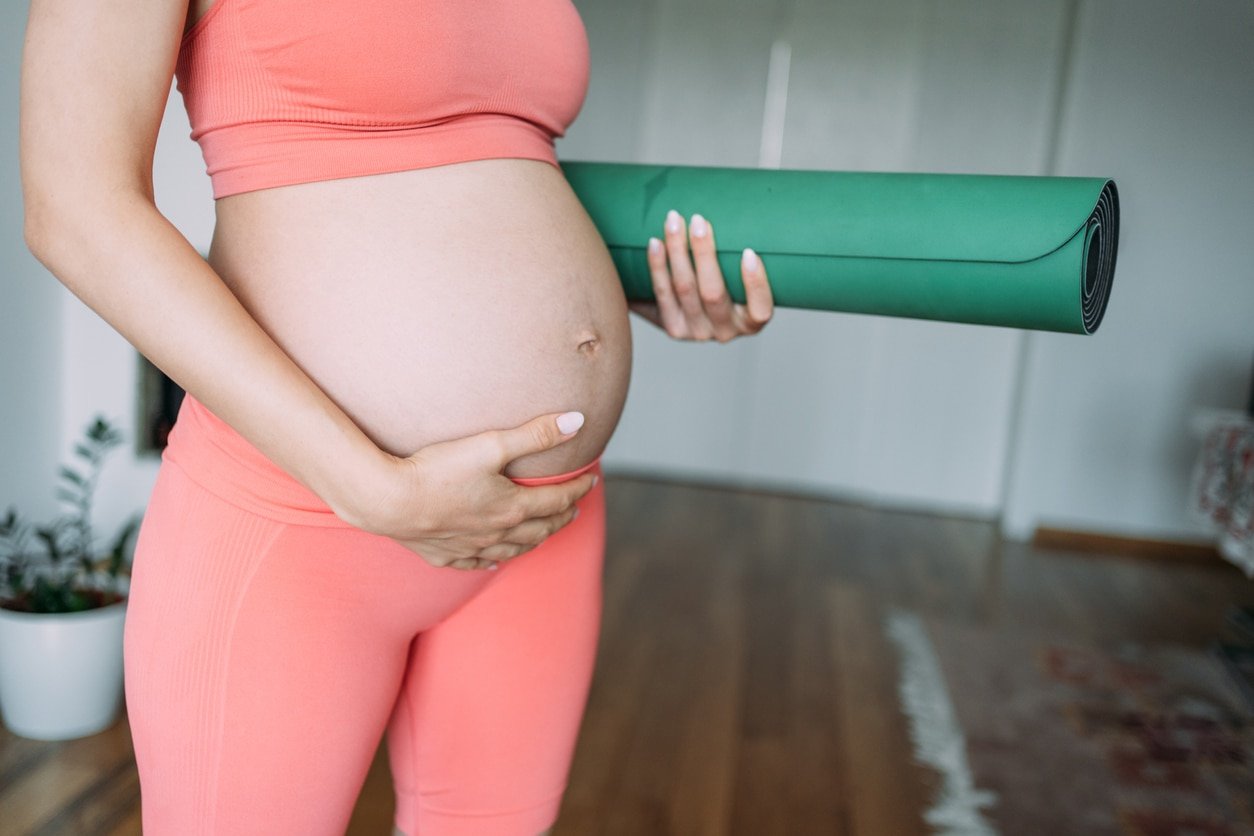When it comes to doing Pilates during pregnancy, many people ask me if it’s safe. Yes, with your healthcare provider’s permission, it is safe to do Pilates while pregnant. Pilates can support every stage of pregnancy through birth and the postpartum period.3
Like prenatal yoga, prenatal Pilates can be safe and beneficial for many women because it is a low-impact, whole-body exercise that places an emphasis on breathing, strength, mobility, and flexibility. However, it’s essential to find an instructor specializing in prenatal and postnatal Pilates since no two pregnancies are the same, and everybody is different. Pilates commonly focuses on posture, joint movement and flexibility, stress relief, and improving balance and strength during the prenatal period.3,4
Strength Training for Flexibility and Balance
It is essential not to overstretch the body when pregnant. Pilates is a form of training that increases strength and improves flexibility and balance. In Mat Pilates, we use body weight and small props to create resistance. On the other Pilates apparatus (Reformer, Cadillac, and Chair), the main form of resistance is the springs, which train clients to stabilize and help them improve balance and control.
According to Joseph Pilates, “I invented all these machines . . . it resists your movements in just the right way, so those inner muscles really have to work against it. That way, you can concentrate on movement. You must always do it slowly and smoothly. Then your whole body is in it.”1
Many people say Pilates strengthens from the inside out. This is because we focus on those inner muscles, initiate every exercise with core engagement, and engage the deep abdominal muscles with each exhale. The idea behind this way of working out is that every movement comes from the core (or “the powerhouse”), which allows for more efficient movement patterns throughout the body.
Pilates During Pregnancy Helps Stabilize Your Body
Pilates also focuses on strengthening the muscles surrounding the joints and stabilizing one body part as another moves. The movements are less integrated than in yoga, but those integrated yoga flows will still be there after the baby is born. As with all physical activity during pregnancy, it is essential to listen to your body. Although Pilates is safe, the intensity must be lighter to avoid increasing the body temperature and heart rate when pregnant since pregnancy can naturally increase these already.4,5
Pilates can help manage or eliminate the typical aches and pains associated with pregnancy. It also helps improve posture, which is very important because as the baby grows, it can disrupt a woman’s normal posture, which can cause pain in the lower back, shoulders, and hips.2
In Pilates, we work to strengthen the middle back and all the muscles surrounding the shoulder blades. This focus—in conjunction with breathing, which engages the deep stabilizing muscles of the trunk—significantly improves posture.
Pilates Exercises to Do During Pregnancy
All Fours Hip Extension
1. Start on all fours, shoulders stacked over wrists, hips stacked over knees. Begin with one leg straight behind you, toes touching the mat.
2. Inhale: Prepare
3. Exhale: Lift the leg only as high as the back remains flat like a table (don’t allow the spine to arch)
4. Inhale: Lower the leg
5. Repeat 10x-20x on each side.
Note: You can perform this exercise with the knee bent if it is too intense with a straight leg. For more glute and hamstring work, add a band around the knees.
All Fours Triceps Kickback
1. Start on all fours, shoulders stacked over wrists, hips stacked over knees. Place a weight in one hand and start with that arm bent (elbow by your waist with the palm facing in or down).
2. Inhale: Prepare
3. Exhale: Extend the arm straight back toward the hip
4. Inhale: Return to the start position
5. Repeat 10-20x on each side. Take a Child’s Pose stretch in between sides.
Side Lying “Hydrants”
1. Lay on your side with shoulders and hips stacked, knees and hips bent at a 90-degree angle. For an added challenge, place a band around your knees.
2. Inhale: Prepare
3. Exhale: Lift the top leg as high as possible with hips remaining stacked and the pelvis stable.
4. Inhale: Lower to start position
5. Do 20 reps, then perform 10 leg circles in each direction.
Side Bend with Side Leg Lift
1. Start by lying on one side, your head propped on your bottom elbow, and your top hand in front of the torso for balance. Legs straight and together with body in one long line. To increase the challenge, add a ball between the ankles.
2. Inhale: Prepare
3. Exhale: Squeeze the inner thighs, and lift both legs off the mat
4. Inhale: Maintain legs together and resist the legs back down to the floor
5. Repeat 10-20x on each side.
Squats & Sumo Squats
1. Start by standing with legs about hip distance apart and parallel (or shoulder distance apart with legs externally rotated).
2. Inhale: Prepare
3. Exhale: Squat, hinging at the hips to send your weight back toward your heels and keeping your spine straight
4. Repeat 10-20 reps of each type. For more of a challenge, add a band around the knees or incorporate arm work by adding free weights.
Things to Remember When Doing Pilates During Pregnancy
- Avoid exercises that create compression or stress in the abdominal area, like crunches or twisting. Although flexion and rotation are contraindicated, side bending is excellent for gently strengthening and stretching the obliques.3
- Avoid bridging, as it can put too much pressure on the vena cava vein.3
- Lie on your back for no longer than 10 minutes at a time, and change body positions frequently if discomfort occurs.6
In all Pilates classes, but specifically for our prenatal clients, we focus on strengthening the extremities. Strong legs and glutes help during delivery, and strong shoulders and arms help after the baby is born. The mental component of Pilates is also a considerable benefit for pregnant women. The mind-body connection fostered by Pilates has many benefits, including stress relief, enhanced concentration, boosting immunity, and generally promoting well-being.7 The moms-to-be in our studio love the mental aspect and breath work in Pilates, especially if they have a toddler at home!

 PARENTING TIPS
PARENTING TIPS







 PREGNANCY
PREGNANCY








 BABY CARE
BABY CARE








 TODDLERS
TODDLERS








 TEENS
TEENS








 HEALTH CARE
HEALTH CARE






 ACTIVITIES & CRAFTS
ACTIVITIES & CRAFTS








 CONTACT
CONTACT ABOUT
ABOUT


